
Ann Leary discussed her latest novel, The Foundling, and its roots her grandmother's history in orphanages and mental health facilities in the 1920s.
Your new novel, The Foundling, is set in 1920s Pennsylvania. What is it about and what inspired you to write it?
The Foundling is the story of two friends, raised in the same orphanage, who meet again as young adults at a highly acclaimed institution for women. But now they're no longer roommates. Mary is the new secretary to the charismatic female superintendent; Lillian is an inmate, confined at the asylum against her will.
I was inspired by a discovery I made about ten years ago when I got caught up in the family genealogy craze. I hit a snag in my family tree when I came to my maternal grandmother. I knew she grew up in an orphanage, but I couldn't find any record of her birth or her orphanage. Finally, I found her in a 1930 census record. She was seventeen and working as a secretary at an institution called The Laurelton State Village for Feebleminded Women of Childbearing Age.
Your grandmother worked at an Institution for "feebleminded" women?
Yes. Feebleminded is an awful word, but it was originally not a slur; it was a clinical term for people with intellectual disabilities, as were the words: idiot, imbecile and moron. So initially, I felt proud of this grandmother I barely knew. There she was, still so young, working at a home that cared for hundreds of vulnerable young women. Unfortunately, further research revealed that during the years my grandmother worked there, it was a eugenics asylum, one of many in this country. Its primary mission was to segregate young women who were viewed as "mentally or morally defective," so that they would not have babies who would be (it was then believed) genetically predisposed to becoming future paupers and criminals.
My grandmother died years ago, so I couldn't ask her about her experience working there, but newspaper archives and government records provided information about this and similar institutions of that era. As I researched, I began to understand the perils of being a single young woman without money or family at that time. A wealthy 1920s woman who liked to get drunk and enjoyed a flamboyant lifestyle might have been considered wonderfully eccentric. A poor young woman like this was seen as a menace to society. Many thousands of girls and women were labeled "feebleminded" and imprisoned for engaging in behaviors that are normal by today's standards.
What were the kinds of behaviors that could get a woman institutionalized?
Having sex outside of marriage, drinking, being gay, having an illegitimate child, accusing a male family member of rape. I could go on and on. "Actively seeking sex" was high on a medical list of behaviors that were indicators of "feeblemindedness" in women in the 1920s. A doctor, husband, or other family member could decide that a woman was intellectually impaired, and if she was young, she might be confined to an asylum for decades. She would be released when she reached menopause or became otherwise infertile. These asylums weren't founded as therapeutic residences or training schools for the insane or intellectually disabled – though many, like the one where my grandmother worked, did later become good therapeutic facilities. They were originally more like prisons. Their primary purpose wasn't to educate or reform, it was simply to prevent the "wrong kinds" of women from having children.
Is the character Mary based on your grandmother?
I did name Mary after my grandmother, but I didn't know my grandmother well. I'm told she had a good sense of humor, and I wanted my Mary to have a sardonic yet somewhat innocent sensibility as a narrator to offset the darker elements of the story. Mary arrives at the institution the way I did as a researcher – naïve, at first, about the purpose and practices of the place. She's awed by her boss, Dr. Agnes Vogel – a female doctor who had been an outspoken suffragist and early feminist. It's the roaring 20s, the jazz-era, so Mary immediately makes friends at her new job and spends her weekends at popular speakeasies and dancehalls with the local college crowd. She meets a handsome young journalist and falls for him hard. She's having the time of her life until she's no longer able to turn a blind eye to what she suspects is happening at her place of employment and to the plight of her former friend, Lillian.
How did the character of Lillian capture your imagination?
Before I really had a sense of the novel, I reviewed hundreds of records of young women locked in these asylums – some who had tried to prove they had normal intelligence, some who had tried to escape, and they began to morph into a character I could almost see. Soon, I knew everything about her—she was a vibrant young woman with no money or family, just trying to make a living for herself. I started writing a story for this character – the story became The Foundling; the character became Lillian. Lillian had been a talented young jazz singer working in a seedy Scranton speakeasy. She had a secret love affair. Lillian is white, so when she gave birth to an illegitimate child of mixed race, the affair was no longer a secret, and she was diagnosed as being "feebleminded" for having a consensual sexual relationship with a black man. As the novel opens, she's twenty and has been locked up for almost two years.
What was daily life like for women like Lillian in these asylums?
Long hours of hard, unpaid labor. The women cleared forests, managed large livestock herds, plowed fields, tended crops. They cooked, cleaned, sewed, and laundered the clothing and linens for hundreds of residents. Some institutions, including the one where my grandmother worked, sent inmates out on "parole" assignments. They were unpaid servants or workers in local homes and industries. Their wages were paid to the asylum.
Mary's boss, Dr. Agnes Vogel is elegant and charming – not who we might think of as your typical asylum warden. What helped inform you as to her character?
I didn't want Dr. Vogel to be a stereotypical brutish ward matron, and here, my research helped me as well. I knew women couldn't vote in this country until 1920, but I'd never really considered the impact this had on women like Dr. Vogel—female doctors, lawyers, or other professionals who were highly esteemed by their colleagues yet were still not trusted with the vote. If a female doctor was married, her husband was her guardian; she still had the legal status of a child. I thought about how this might have influenced the psyche of a brilliant and aspiring young woman like Dr. Vogel, and this helped her become less sinister and more human to me and, I hope, to my readers. I wanted to convey, through all my main characters, not just the limitations, but the actual dangers that came with being born female, no matter what your status in society during that time.
What do you hope readers will get out of your book?
The social issues that surrounded the eugenics movement of that era – racism, class resentment, antisemitism, fierce anti-immigration sentiments, the vilification of female victims of sexual abuse – are all part of this story, and sadly, continue in more insidious forms today. Some of the headlines from the early 20th century and the early 21st are shockingly similar. I hope readers will recognize these parallels and question why we still haven't resolved these difficult societal issues.
Mostly, I hope readers will enjoy the true theme of this story which is female friendships; the sometimes poignant, sometimes hilarious, and often deeply intimate ways that girls and women love each other.
Unless otherwise stated, this interview was conducted at the time the book was first published, and is reproduced with permission of the publisher. This interview may not be reproduced or reprinted without permission in writing from the copyright holder.
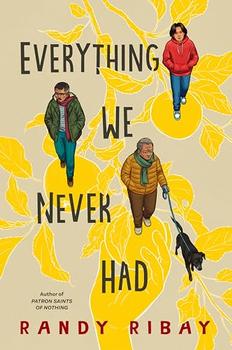

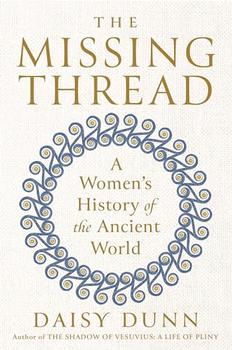
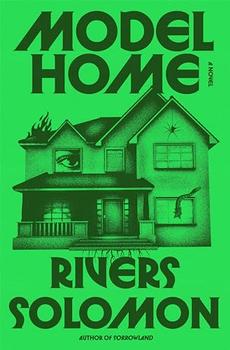
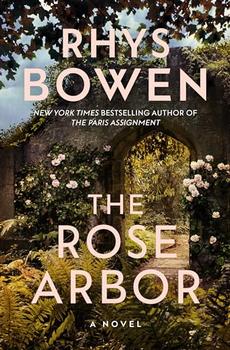
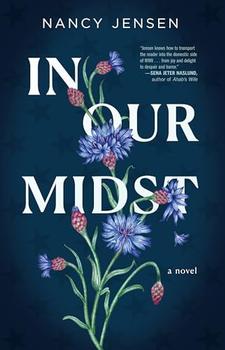
Your guide toexceptional books
BookBrowse seeks out and recommends the best in contemporary fiction and nonfiction—books that not only engage and entertain but also deepen our understanding of ourselves and the world around us.